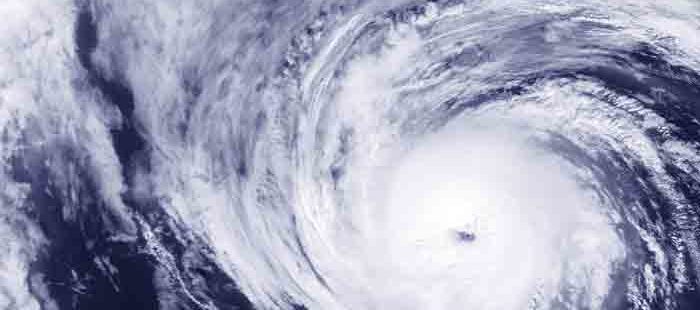Part of the drama of hurricane season revolves around the predicting and changing of the severity—or category—of the storm. What category will the hurricane be when it hits land? What kind of damage might it inflict?
What is a hurricane category?
There are a few classification scales that meteorological agencies use to determine the intensity of hurricanes. The Saffir-Simpson scale is used to measure the strength of hurricanes in the North Atlantic Ocean and the northeastern Pacific Ocean. The scale gets its name from the two men who developed it, civil engineer Herbert Saffir and meteorologist Bob Simpson. It was introduced to the general public in 1973.
There are five categories on the scale, which are distinguished by wind speed. For example, in a category 1 hurricane the maximum wind speed is 95 miles per hour. While in a category 5, the wind speed is above 156. Hurricanes of category 3 and above are known as major hurricanes.
Since recordkeeping began, only five category 5 storms have hit the US. The last was Michael in 2018.
But the power of a category 1 hurricane should not be downplayed. Category 1 hurricanes can cause significant damage, such as uprooting mature trees, ripping off roof shingles, or even toppling mobile homes.
WATCH: Weather Words You Need To Know
Which hurricanes cause the most damage?
There’s no guarantee that a higher category hurricane will inflict more damage. For example, a category 2 that strikes an unprepared metropolitan area might cause more destruction than a category 4 that hits a rural area. To determine the potential for damage, population density, total rainfall, and local terrain all need to be taken into consideration.
As you hear meteorologists predict how a hurricane might move next, you might wonder why hurricanes travel in a particular direction. The answer has to do with the bizarre Coriolis effect, which makes the air in storms rotate counterclockwise in the northern hemisphere and clockwise in the southern hemisphere.
Find out Who Picks Hurricane Names?














